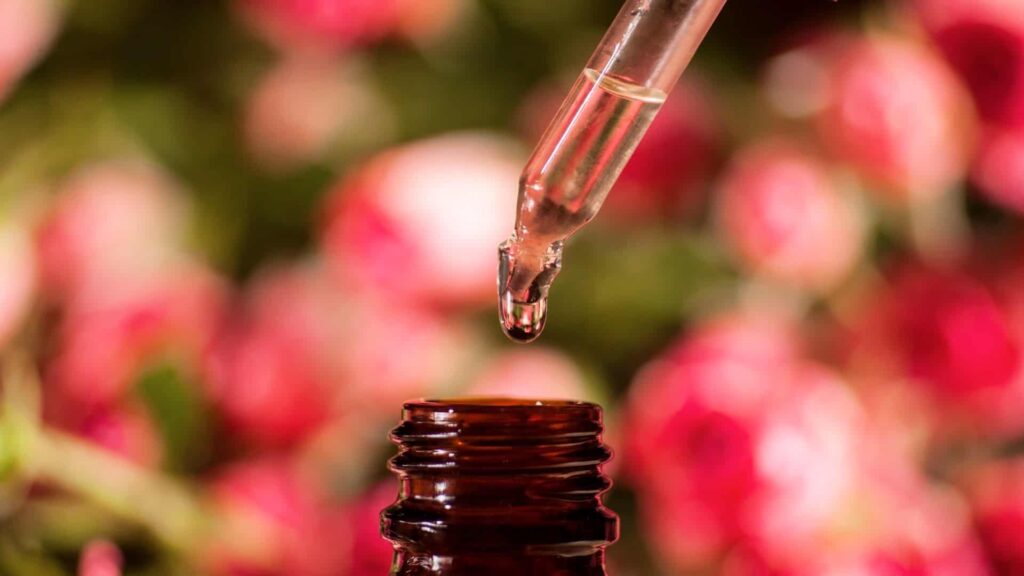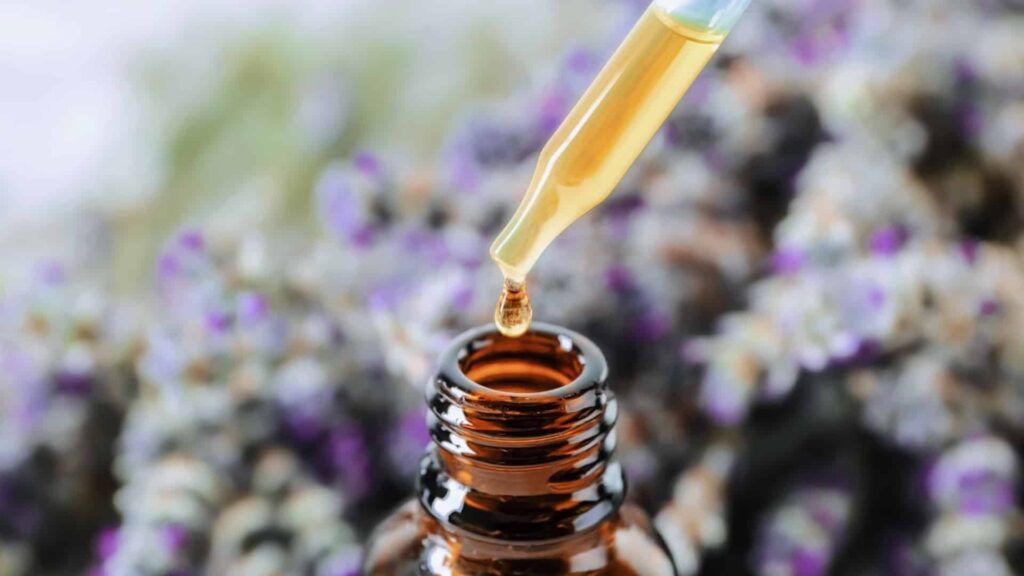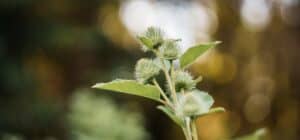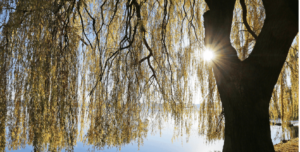Table of Contents
Self-care today often orients around doing more and is focused on accomplishment, whether that is reading a new book, developing another skill, or beginning a vigorous exercise regimen.
Although it might feel gratifying at first, it can begin to feel exhausting. You are already doing so much each day and spending time on activities that require more energy can leave you feeling drained. Wouldn’t it be nice if your self-care practice was something you looked forward to each day and left you feeling pampered instead?
For me, this self-care practice is Abhyanga, which is the ancient Ayurvedic practice of self oil massage. It’s luxurious, rejuvenating, and leaves you feeling replenished, calm, and grounded.
Abhyanga provides an alternative way to receive the benefits of herbal medicine. Instead of swallowing a capsule or dropping your tincture into a glass of water, it is a tactile approach that involves applying the herbal-infused oil over your skin so that it can absorb it through the pores. You can customize the oils you use to best suit your constitution by choosing the carrier oil and herb you will infuse it with to best suit your dosha or constitution.
Abhyanga offers many therapeutic benefits. In a text written in the Bhagavata, “Oil massage should be used daily to ward off old age, exhaustion, and disease of Vata. It bestows good vision, nourishment of the body, long life, good sleep, and healthy skin.” The Ayurvedic tradition recommends practicing Abhyanga daily to improve your health and prevent disease. It lubricates your joints, tones your muscles, eases tension, encourages soft and supple skin, nourishes your nervous system, and moves your lymph. This practice is particularly helpful for Vata dosha and eases many qualities associated with it, such as dryness, cold, tension, and anxiety. Aside from Abhyanga’s physical benefits, it is an incredibly indulgent and centering way to reconnect with your body each day.
Whether you want to keep it simple by using a plain carrier oil, such as sesame, or increase its medicinal effects by infusing it with an herb, self-oil massage helps you to slow down and nourish your body in a way that benefits your mental, emotional, and physical health.
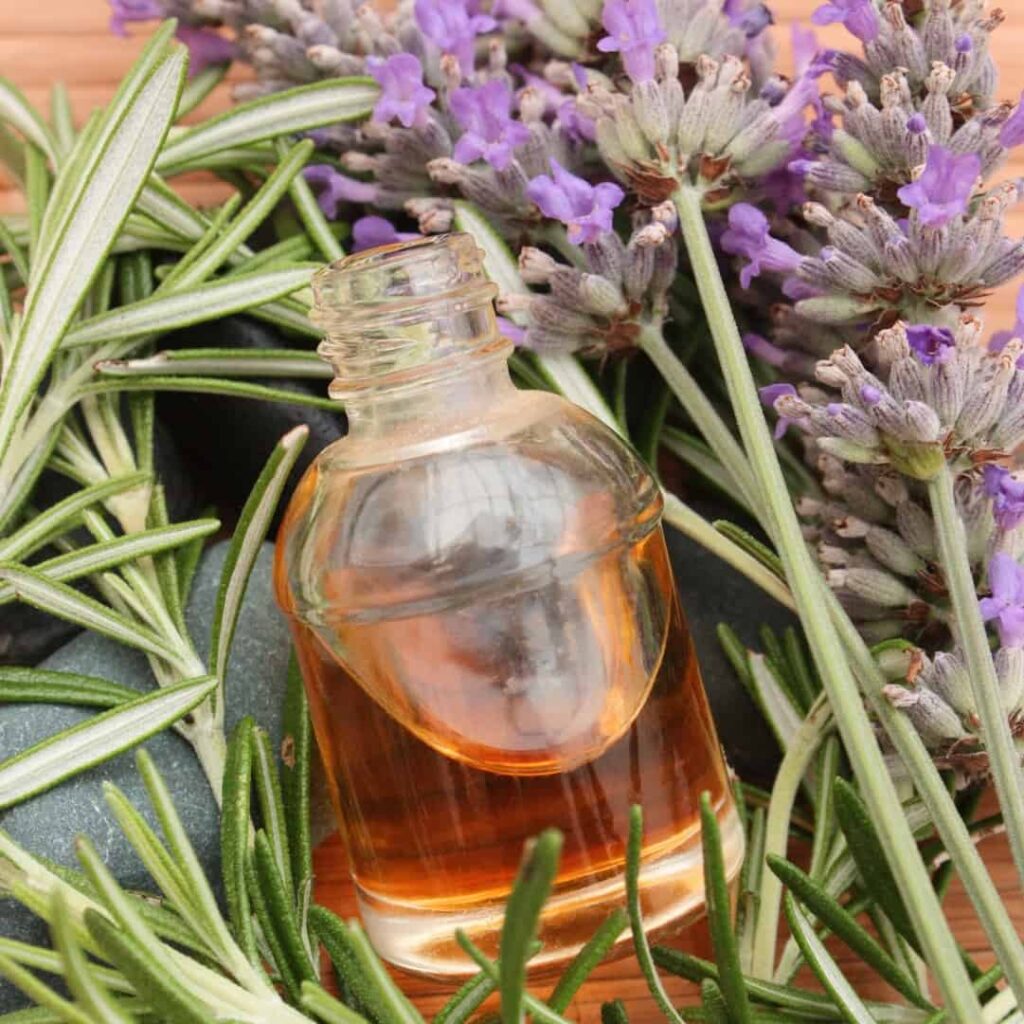
The 3 Doshas: A Primer
The doshas describe the three essential constitutions which are based on the five elements in Ayurveda. This includes fire, earth, water, ether, and air. When these combine, they form the doshas. Since everyone contains each dosha to some degree, everyone is a unique energetic constellation that requires different self-care practices to achieve balance.
The doshas express their characteristics in your physical body type, mental landscape, emotional experience, tendencies towards health and disease, and more. By understanding your dosha, you can make lifestyle choices that support you in feeling your best on the holistic and constitutional level.
Vata consists of the elements ether and air. If you have this constitution, you might have a thinner bone structure, tend to feel cold and dry, and experience more nervous system imbalances, such as mental tension and anxiety. If your constitution is Pitta, which comprises fire and water, you might have an athletic body type with prominent musculature. You may overheat easily and experience agitation and inflammation, both physically and emotionally. Mentally, you strive for perfection and have a strong drive. Lastly, the Kapha dosha is made up of water and earth. If you have this constitution, you might have a slower metabolism and have a physical tendency towards stagnation, but your energy levels, health, and mood may remain more stable as you make slow and calculated decisions.
The Ayurvedic approach to health and harmony is through balancing your dosha by living a lifestyle that provides an opposing energy. For example, since Vata tends to be cold, tense, and dry, they are advised to eat a diet of cooked food with aromatic spices to stay warm and use antispasmodic herbs to relieve tension. On the other hand, Pittas tend to have a fiery nature and often need help cooling off mentally and physically. For them, practicing gentle exercises, eating foods without pungent spices, and using cooling bitter herbs is key. Lastly, people with Kapha dosha may feel lethargic, heavy, and slow, developing mental and physical stagnation. For this constitution, practicing lymphatic massage, remaining well hydrated, eating astringent foods, and using herbs that support the liver, gallbladder, digestive system, and lymphatic system is advised.
Just as there are different recommendations provided for each dosha in terms of diet, exercise, and herbs- the same applies to Abhyanga. By using carrier oils and herbs that balance your dosha, you can maximize the benefits of self-oil massage and personalize this luxurious personal care practice to feel more balanced in your life.
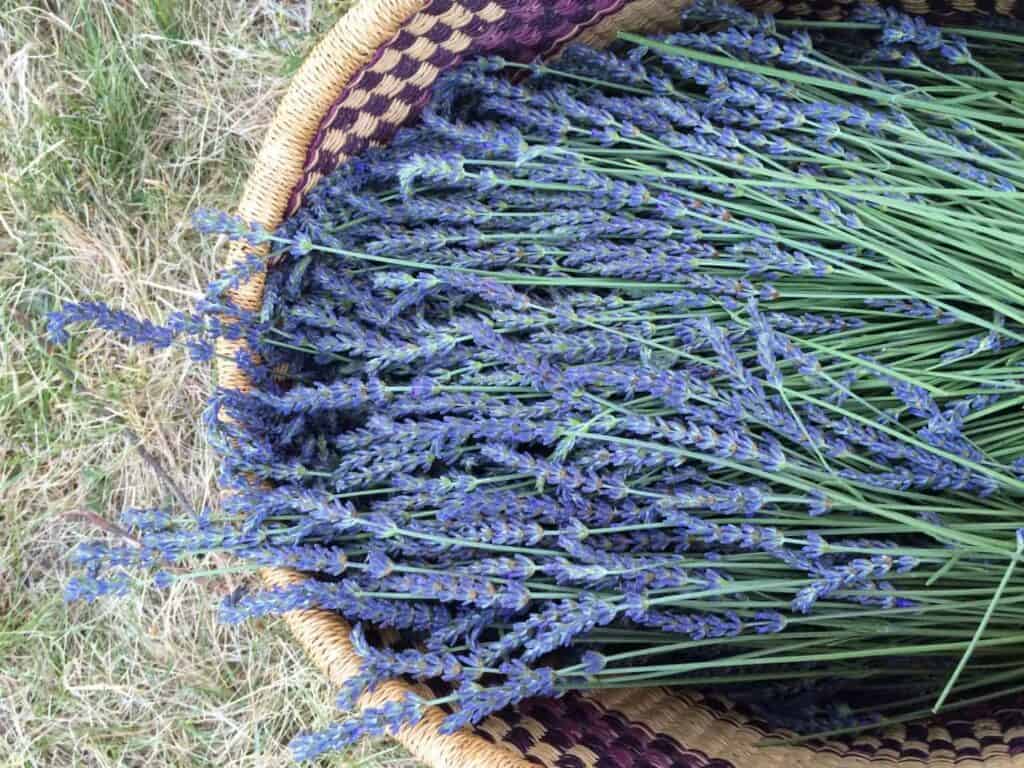
How to Practice Abhyanga
Ayurveda is a precise and methodical tradition that follows the rhythms of nature. Within Ayurveda is the Dincharya, which suggests a daily routine in accordance with your body’s natural cycles.
Although you can practice self-oil massage to alleviate specific conditions and ailments, the Dincharya recommends a specific way you can practice it daily for best results. Since your body processes metabolic waste products throughout the night, it is best to do Abhyanga after you wake up, drink plenty of fluids, and exercise. By following this sequence, you help your body remove stagnation that accumulates during sleep while moving the lymph and encouraging healthy detoxification.
When you practice Abhyanga, you can use a plain carrier oil or a medicated one that is infused with an herb. The most common oil used in Ayurveda for its therapeutic properties is Sesame oil – not the kind you add to your stir fry, but the unrefined variety! Once you have your oil ready, strip down and use enough to cover every part of your body, head to toe, without using so much that you feel sticky. Focus on massaging your feet, ears, head, genitals, and other openings in the body. You can massage a small amount of oil near your ears, eyes, nose, sides of the lips, and belly button. As you massage these open parts of the body, maintain your intention of sealing them energetically to generate an extra layer of protection between yourself and the world to experience stronger energetic boundaries and spiritual health.
Once you have completed your massage, step into the shower and wash your body. Although applying oil before showering might feel counterintuitive, especially in Western culture where people often moisturize the body after drying off, Abhyanga is practiced before so that the oil can bind to dirt and impurities and clean your skin on a deeper level. Additionally, the warmth from the water causes the oil to penetrate your tissues even more, which increases its medicinal and therapeutic effects on your lymphatic, circulatory, and nervous system.
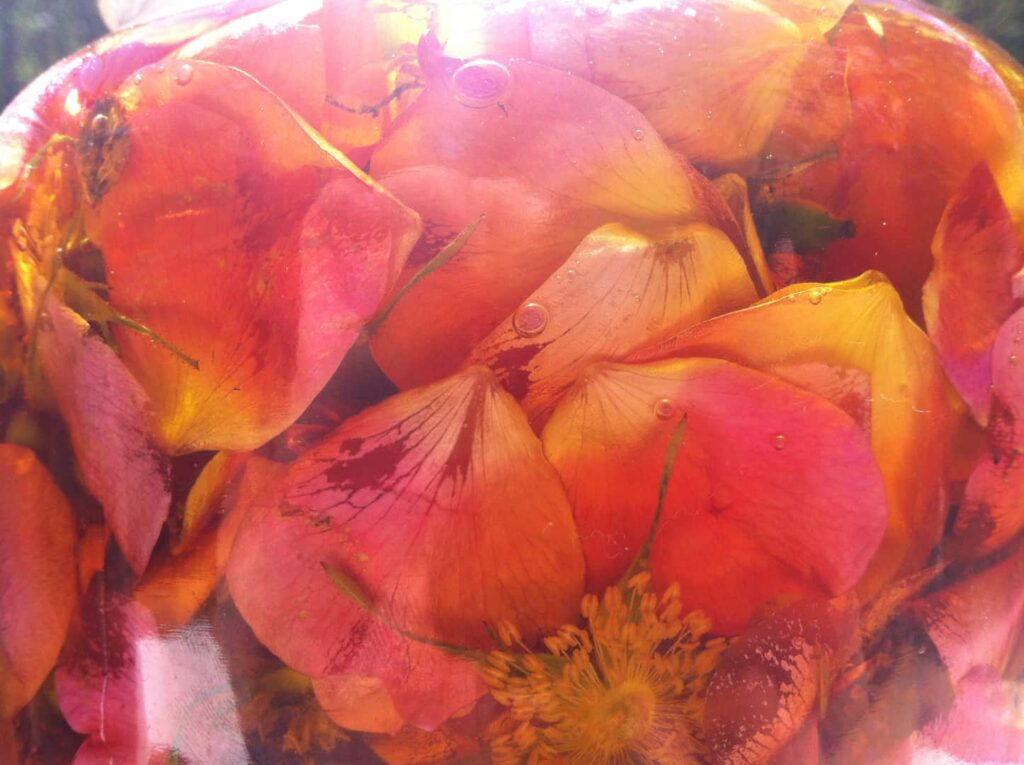
How to Select Your Oil for Abhyanga
When selecting your oil for Abhyanga, you will need to consider which carrier oil you would like to use and which herb you’d like to infuse it with to make a medicated oil. If the thought of preparing an herbal-infused oil feels overwhelming, you can begin with a simple carrier oil and you will still gain tremendous therapeutic value from this alone.
To choose the carrier oil best for you, identify your dosha and use an oil with opposing qualities to improve your constitutional balance. You can follow this same process to select the herb you would like to make a medicated oil with.
Since Vata tends to be dry, cold, and tense, Abhyanga is particularly grounding for this constitution since oil contains a Snigha quality, which means heavy or unctuous. This opposing quality relieves excess tension, soothes the nervous system with essential fats, and grounds the spirit. When you massage oil into your skin, it is absorbed into your tissues, nourishes your body, and repairs the nervous system. Many Vata-type individuals have a sensitive and empathic nature. This means that you might pick up on the feelings of those around you and tune into the energetics of the environment you are in. This can leave you feeling emotionally drained and exhausted. When you massage oil into your skin, it is as if you are placing an extra layer of protection that provides you with a boundary that defines and protects your internal world from the external one so that you feel calm and anchored within yourself.
Sesame oil is a great option for Vata dosha. It is used extensively in Ayurveda and is rich in magnesium, a mineral that eases musculoskeletal tension and relaxes the nervous system. A wonderful herb you can infuse your oil with for Vata is Lavender (Lavendula spp.), which is a soothing nervine that gently relaxes the nervous system, calms the body and mind, and releases tension in the muscles. The name of this herb corresponds to “Laver,” which means “to wash” in French. This alludes to its cleansing effects on the physical body and the mind as it clears mental chatter and encourages deep and restful sleep.
Since the Pitta constitution tends to experience conditions relating to heat and inflammation in the tissues, muscles, and joints, coconut oil is a good option as this oil provides a cooling action in the body. If you prefer to use a more local alternative, olive oil is another nice option for Pitta. To make this into a medicated oil, you can use Rose (Rosa spp.). Rose petals are cooling and calming. Although it does not work in the same way that a nervine does, it calms an overheated Pitta by alleviating excess heat and inflammation in the tissues.
Because Kapha is prone to heaviness and stagnation, using copious amounts of oil is contraindicated for this constitution. For this dosha, it is recommended that you use a very light application of oil or practice dry massage by using raw silk gloves, a dry body brush, or the fingers to move the lymph so that you do not increase the unctuous nature of this constitution. If you’d like to use herbs to increase the therapeutic value of your massage, you can use an herbal powder or oil infused with Rosemary (Salvia rosmarinus). This herb is an excellent choice for Kapha since it is stimulating, warming, and aromatic – the perfect combination for moving and dispersing stagnation and congestion in the body. It is enlivening for cold winter days and can be used for Vata as well. Although there are many more herbs and herbal combinations you can use to personalize your medicated oils for Abhyanga, these are three basic ones you can try out when beginning this healing practice.
Slowing Down for Self Care
In a culture that is so Yang and accomplishment driven, Abyanga is the perfect medicine for slowing down, reconnecting with your Yin nature, and rejuvenating the spirit.
There is something incredibly soothing and grounding about coming back to your body each day and focusing on the slow movements of self-massage. It imbues your day with a sense of ease, and this tender practice can help you nurture greater feelings of self-love, acceptance, and connectedness with your body, as well as gratitude for all of the things it allows you to do each day.
